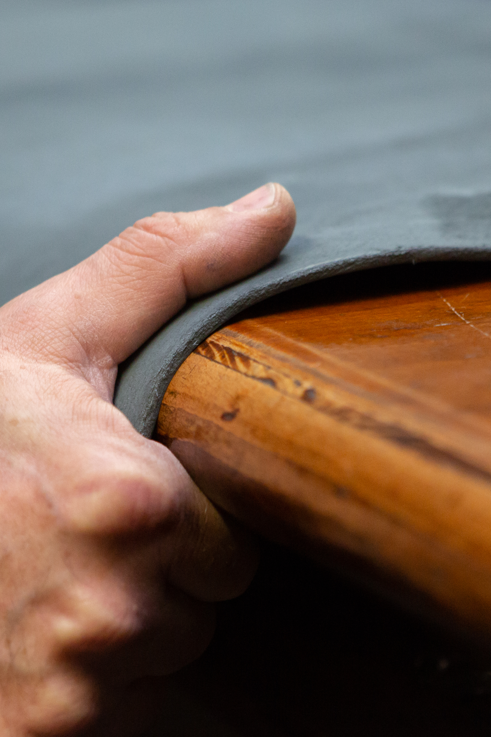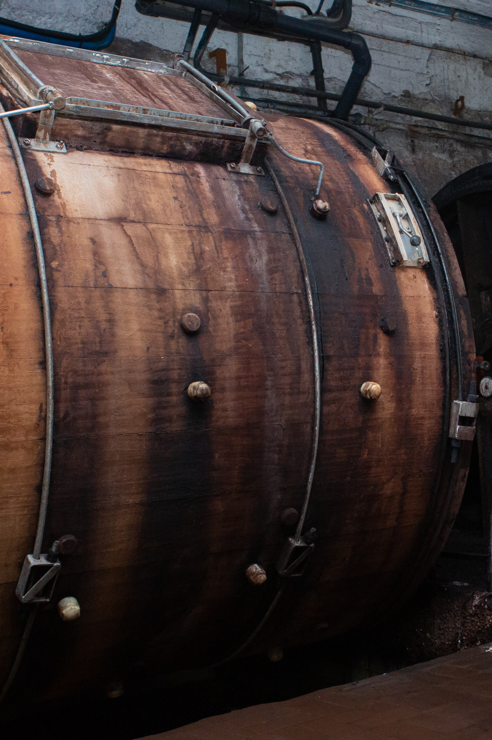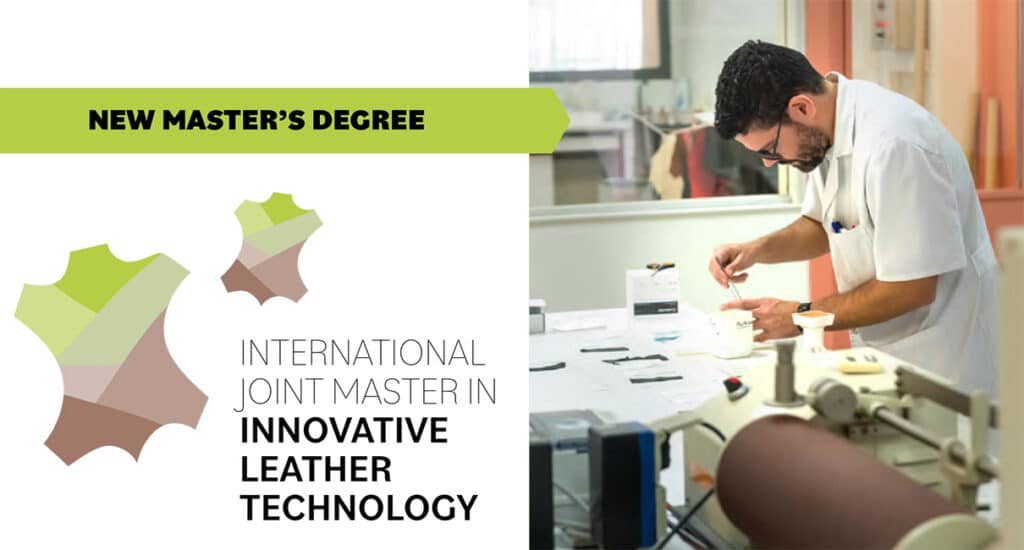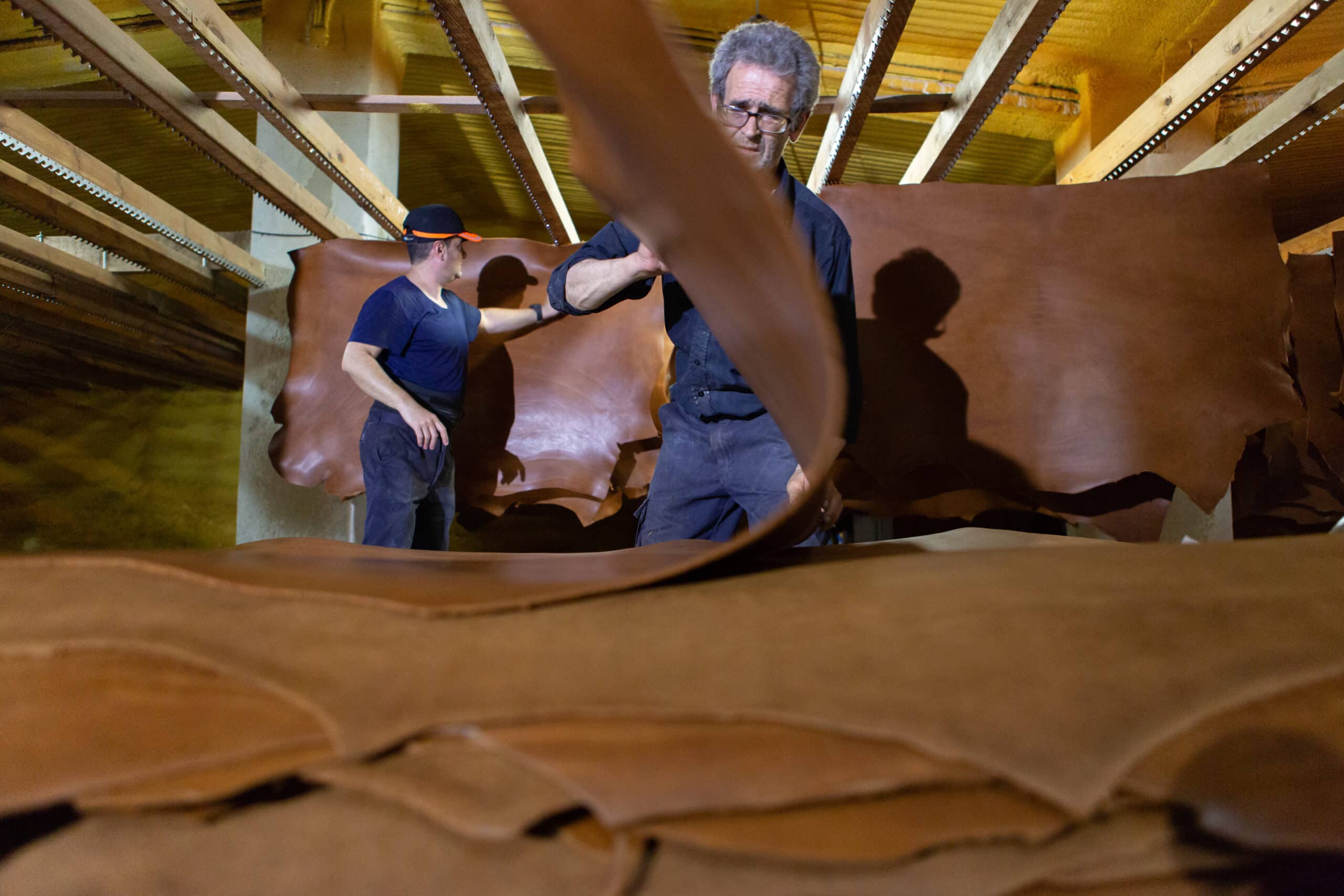Content published by: Lederpiel
Spanish exports of hides and leather continue to offer positive data. During the first eight months of the year, the value of the sector’s sales abroad exceed those registered in 2019, before the covid-19 pandemic broke out. Specifically, exports from the finished leather subsector reach one of the highest values in recent years.
In this way, according to data from the General Directorate of Customs, during the first eight months of 2022 compared to 2021, exports of raw hides grew by 12.6% (12.3 million euros more), those of semi-tanned hides soared 7.4% (3.1 million euros more) and those of tanned hides increased 32% (66.4 million euros more).
If we compare the accumulated figures for 2022 with those of 2020, Spanish exports of raw hides rose by 43.6%; those of semi-tanned hides, 55%, and those of tanned hides, 53.6%. For its part, in relation to January-August 2019, sales of raw hides increased by 6.9%, while semi-tanned hides increased by 25.9% and those of tanned hides, by 11.3%.
Imports
Regarding imports of hides and leather, between January and August 2022 compared to the previous year, purchases abroad of raw skins increased by 27.9% (9.8 million euros more); the import of semi-tanned skins, 56.7% (28.2 million euros more) and, finally, those of tanned skins, 43% (56.5 million euros more).
In relation to the accumulated figures for 2020, imports of raw skins increased by 40%; those of semi-tanned skins, 75.4%, and those of tanned skins, 47.2%. For its part, in relation to January-August 2019, sales of raw hides increased by 32.7% and semi-tanned hides, by 21.2%, while those of tanned hides decreased by 11.6%.
Consequently, the leather trade balance in the first eight months of 2022 showed an imbalance in general terms in favor of exports of 118.6 million euros.
You can access the original post HERE.



























